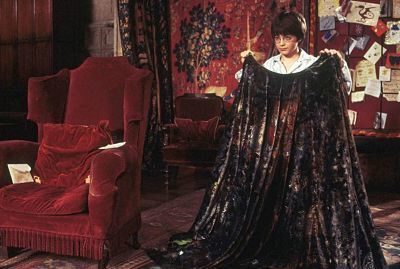From the Medieval Studies Research Blog: "Internet Trolls: Monsters Haunting the World Wide Web"
In continuing our previous conversation surrounding the semantics of trǫll in Old Norse-Icelandic literature, and the evolution of the term in modern English, we turn our attention to contemporary applications of the term, particularly in the context of internet trolls and trolling. The concept of internet trolls builds on the image of a goblin or a giant stalking and skulking about in the dark and the implication that these people are perhaps ugly. This produces a harmful stereotype of “somebody sitting on their bed that weighs 400 pounds,” as Donald Trump remarked in a 2016 debate, in a diversionary (and rather ironic) attempt to draw attention away from evidence of Russian meddling in his favor during the most recent U.S. presidential election.

However, the reality is that the online shield of anonymity operates as a cloak of invisibility, not unlike the invisibility cloak worn by Harry Potter as he explores Hogwarts castle at night or the tarnkappe “cloak of concealment” that Sîfrit [Siegfried] receives from a dwarf named Alberich in the Middle High German Nibelungenlied. Online anonymity often renders one’s physical fitness either irrelevant or artificial anyway, while at the same time it protects the identities of nefarious actors, thereby allowing them to troll the internet unseen or in disguise. Indeed, the ugliness of internet trolls has everything to do with their emotionally pathetic behavior characterized by cowardly hatred and blind rage.
This is an excerpt from “Internet Trolls: Monsters Haunting the World Wide Web” written by Richard Fahey, Ph.D. (Notre Dame). Read the full story.